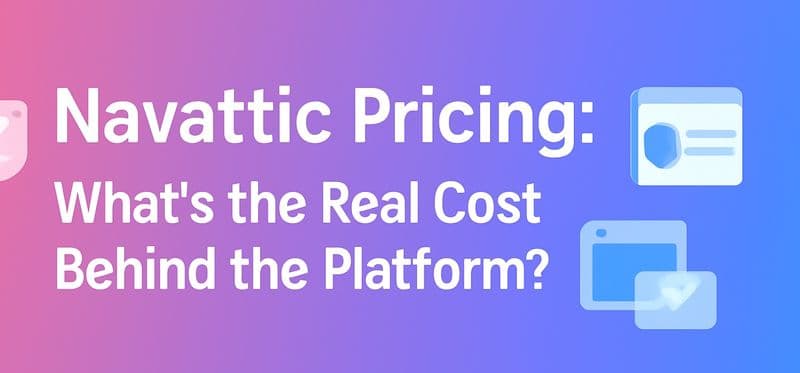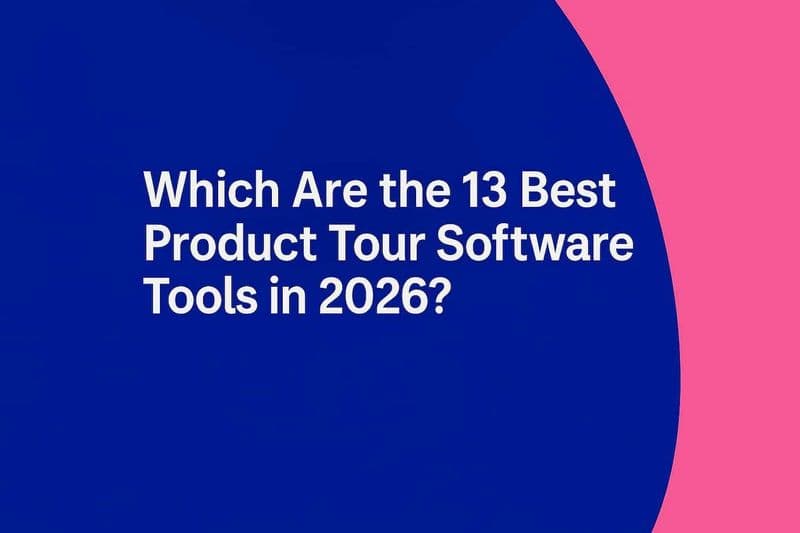Want to learn how to avoid common sales demo mistakes? Read on.

I don't think I know a single person that remembers their first ever product demo as anything but cringeworthy. Yours truly included. It still gives me nightmares. It was 2011. I was presenting to the CXOs of a large insurer. My CBO and CTO were there, and we had prepped a solid, custom demo. Personally, I had prepped. Not a whole lot, but I had prepped. I thought I had it. My CBO and CTO thought I had it. And we went in, confident.
Everything that could go wrong, did. The demo crashed. Then reloaded. Then crashed again. I stumbled, lost my train of thought, forgot my lines, missed all my cues, and stumbled some more. Wearing a suit, I sweated profusely (and NO ONE trusts a sweaty guy!) and was bombing spectacularly. Then, my CTO, Tarun stepped in.
He didn't even show the demo, he just engaged in a conversation. He brought out the pain points, showed a few screens he had handy (or made it look like he did!) and drove home the point that we were the right fit for the prospect. He totally salvaged that dumpster fire of a demo, and eventually went on to win the deal.
Lessons? Plenty. The biggest among them is to prepare for the worst and to always (always, always) have a Plan B.
Today, as a sales leader, I'm often on the receiving end of demos and I get to see (from the other side) all the things sales reps and sales engineers miss doing, or do badly. Here's a list of common mistakes I've either seen in my own demos, or those of others, and that I've learned to avoid.
Don’t talk in features
Let's be honest: for the most part, standard product demos are dull and lifeless. They don't help prospects evaluate the product, and instead, turn into a checklist of features the prospect asked to see. Of course, the prospects' eyes glaze over 10 mins in. At least, that's what happens in bad product demos.
Selling features in the world of SaaS isn't a good proposition as features evolve all the time. As always, my recommendation is to sell solutions. You did the discovery, so you know the pain points. You also know enough about the company and their existing solution to know what isn't working. How you use that information to sell your solution is key. Not the features of your product. I've said this before, product demos are not product training.
If you can’t explain how the feature increases performance, simplifies the process, reduces costs or saves time, then don't show it.
Always ask yourself, "So what?" and if you cannot answer it then perhaps you are missing the point.
Pro tip: Prospects pick partners when they feel understood. A partner who gets their business and pain points, has a solution, and is willing to work with them on building it together is worth having. That's who you have to be. Start from what isn't working, and build a story to the other side, showing them how you've already done it for someone else.
Don’t give a monologue
Monologues are BORING. Monologues frustrate the prospect, make them lose interest and do not invite questions. The opposite of what you want. The average attention span of your audience will be about 8 seconds (compared with 9 for the average goldfish), so you can be sure that you’re going to lose them at some point during your demo.
Learn to grab your audience’s attention and engage them throughout your demo. When it’s time to highlight an important feature, stick to using simple language to get their attention. For instance, “And now, THIS is the most important part of the demo.” This gives people in the room time to look up from whatever they were distracted with and actually pay attention.
You also want to front load your best features. This is another way of grabbing their attention, and keeping them hooked - start with what is most relevant to them. Talk to them about their biggest pain point, your solution in context and then repeat with the next biggest pain point and so on. It goes without saying that you need to customize your demo.
Don’t leave the Q&A for the end
Also, droning on without interruption doesn't endear you to anyone. Top reps engage prospects every 8 minutes during demos, usually by asking engaging questions while they demo the product. So, talk about the pain point, show the solution, ask questions. Repeat.
Also, not all questions are created equal: there are some that will most likely derail the demo or take the conversation deep into a topic that may only be of peripheral interest to decision makers. As an SE, you know your product inside and out. As a solopreneur, every nuance I’ve added to SmartCue excites me. I know I am fully capable of geeking out on some obscure use case but I’ve learnt to curb my enthusiasm, thank them for the question and offer to take it offline.
Don’t make up answers
Dodging questions and making up answers is a definite "no no no no no". People really can spot those who are "winging it". Your prospects have been in sales meetings before! Honesty is the best policy here. If you don't know something, say so. Most prospects will respect you for it, especially when you come back with a properly researched answer.
Don't forget to establish next steps
Ideally I like to encourage people to ask every question before the end of my demo, and instead, leave 15 min for a next step discussion. There's research from Gong that proves successful sales demos spend at least 12% of the time talking about next steps. Always encourage questions as you go along, and once you're in a good place, finish strong with next steps.
On a practical level, you don't want the last thing they remember in the room to be a lengthy debate on a nasty objection.
Don’t miss the basic hygiene
Small actions that make a huge difference in the quality of your demo:
Don't jiggle the mouse. Please. It is endlessly distracting.
Don't forget to turn off your notifications - you know you’ll be sharing your screen. Do you really want them to see pop ups of ridiculous messages from your pal? Keep it clean, Keep it tidy.
Don't rush through the demo. Slow down. You've rehearsed and practiced your demo many times but this is the first time your prospect is seeing it. Pace yourself, and keep an eye out for quizzical expressions.
Conclusion

In India, in particular, sales engineers joke about appeasing the “Demo Gods” before doing a demo. If only divine assistance was a consistent thing! Preparation though, is. As is a good Dos and Don'ts checklist.
As is a good sales engineer.


